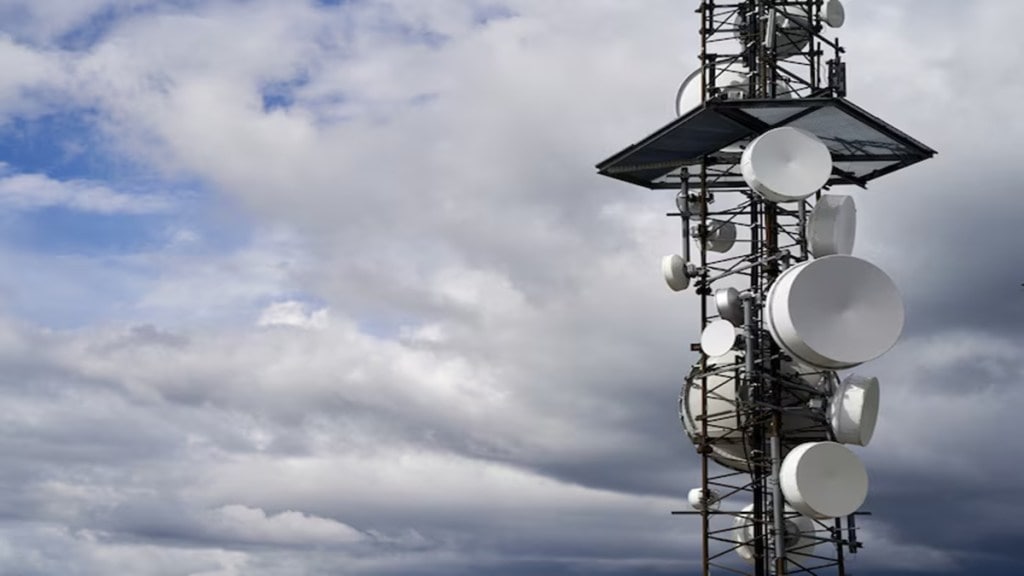Reliance Jio and Bharti Airtel have both quietly raised tariffs, not through a headline hike but by tinkering their entry-level plans, removing the lowest packs and pushing customers to higher-priced recharges. Jio took the lead last month by discontinuing its Rs 249 plan that offered 1 GB per day for 28 days. The new base plan now starts at Rs 299, with 1.5 GB per day. Airtel followed within days, scrapping its own Rs 249 pack that gave 1 GB per day for 24 days, repositioning its entry-level offerings closer to the Rs 299-319 range. On the surface, this may look like a minor adjustment, but the implications are significant. For subscribers, this means paying 17-20% more per month for basic access. The option of low-cost, short-duration data packs is gone, leaving budget-conscious users with little choice but to spend more. For the operators, it is a clever way to lift average revenue per user (Arpu) without officially announcing a hike. This also prepares the ground for the next full-fledged tariff increase—the last headline hike happened in 2024.
Subscriber growth has plateaued
To understand why operators are pushing tariffs upward, the bigger picture needs to be understood. For years, growth in telecom came from adding new subscribers. Airtel, for instance, saw high single- to double-digit subscriber growth until 2018, even as its revenues expanded steadily. Then Jio entered in 2016, upended the industry with rock-bottom pricing, and grabbed share from incumbents. Airtel’s growth slowed, Vodafone Idea went into decline, and the overall industry shrank for a while. But since 2020, the picture has changed. Airtel’s revenues have rebounded strongly despite subscriber losses. Jio, too, continues to grow, though at a slower pace now that the low-hanging fruit is gone. Vodafone Idea, meanwhile, has kept losing ground, but even its decline is tapering. At the industry level, the subscriber base has essentially plateaued since 2017. Jio and Airtel cannot expand much further by poaching from weaker players because there are hardly any left to acquire.
This is the crux of the problem. With subscriber growth largely exhausted, the only lever operators have left to grow revenues is tariff hikes. The question, however, is whether most consumers can actually afford it. According to the household expenditure survey data for FY24, on average, only 5.2% of household spending goes to consumer services (excluding conveyance), which includes telecom. This translates to just Rs 216 per month in rural areas and Rs 400 in urban areas.
The affordability challenge
The gap between what operators want and what consumers can afford is starkly visible in usage patterns. For instance, Vodafone Idea’s Arpu is Rs 177, but its prepaid Arpu is only Rs 166, far below the cost of a full monthly plan. Many users recharge for shorter validity or lower data allowances because they simply cannot stretch their budgets. They are already consuming telecom services at the edge of affordability. This is where the risk lies for operators. Tariff hikes may be essential for their business models, but if they push too hard consumers will respond by cutting back. They may reduce data usage, downgrade to minimal recharges, or drop secondary SIMs altogether. The result could be that revenues do not rise as much as expected, or worse, they could even fall. If operators misjudge the fine balance, tariff hikes may end up hurting rather than helping their long-term revenues.

